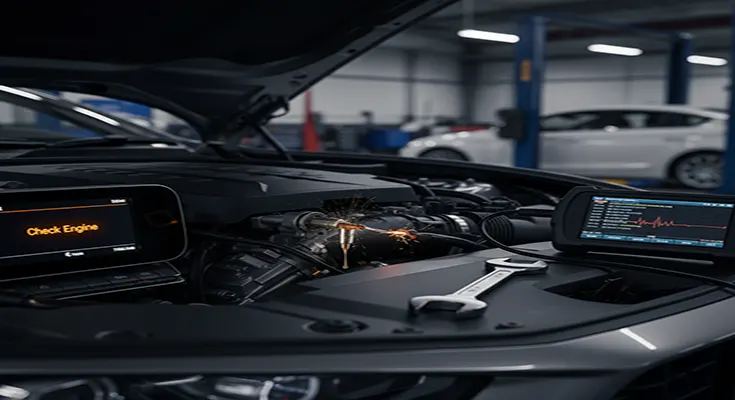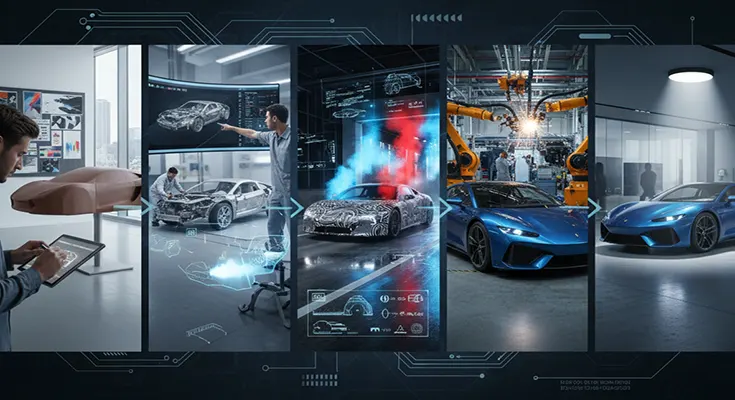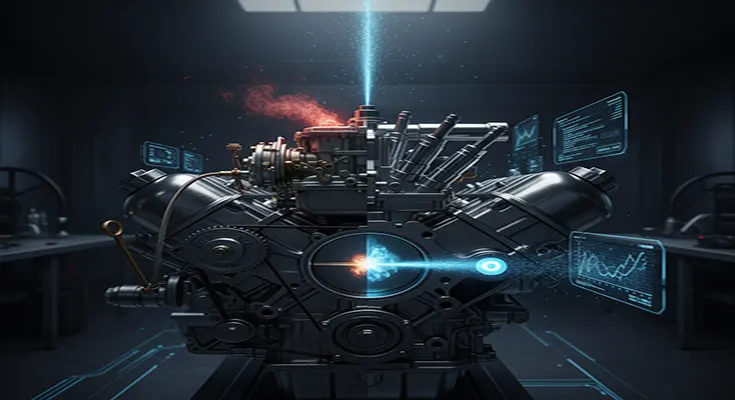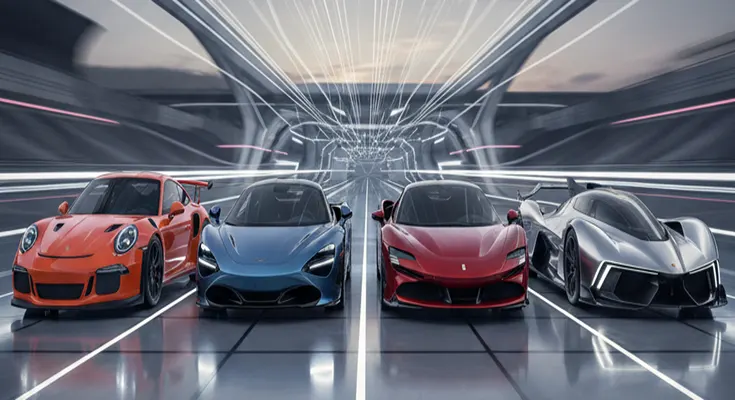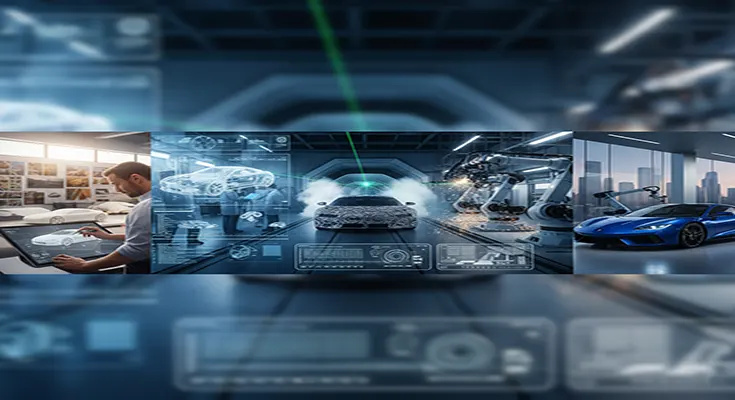
From Sketchpad to Showroom: How Car Manufacturers Design and Develop New Vehicle Models
The launch of a new vehicle model represents the culmination of a multi-year, multi-million-dollar effort, involving thousands of specialists across design, engineering, and manufacturing. More than just a collection of parts, a new car is a strategic product born from a meticulous, multi-stage process that balances aesthetic vision with technical feasibility, market demand, and regulatory compliance.
Here is an overview of the key phases car manufacturers follow to design and develop new vehicle models, often taking up to five or more years from initial concept to market launch.
Phase 1: Concept and Requirements Definition
The journey begins not with a drawing, but with a strategic decision rooted in market data.
- Market Research & Strategy: Teams analyze evolving consumer needs, global mobility trends, competitor offerings, and regulatory changes (e.g., emissions standards, safety rules). This research defines the new vehicle’s Business Case: its target audience, price point, unique selling proposition (USP),


